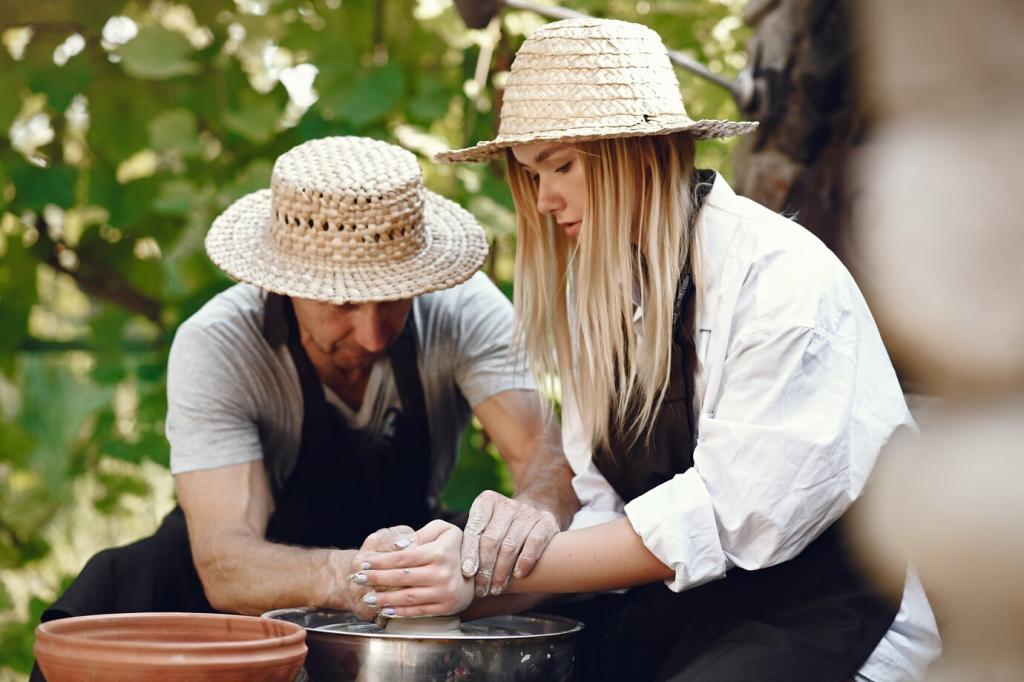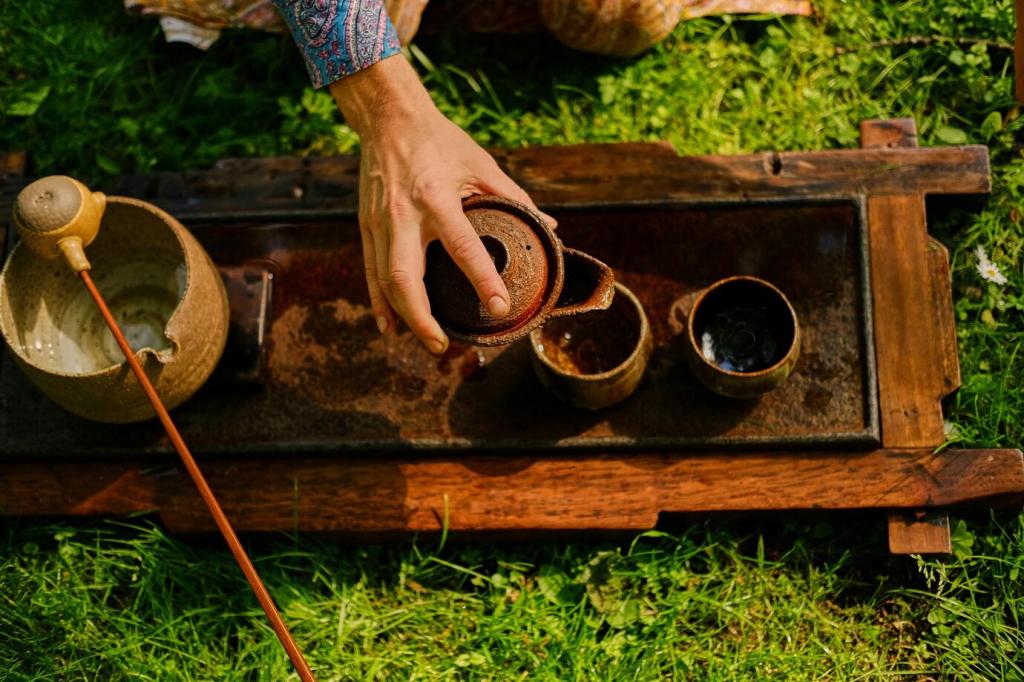DIY Skin Care Recipes with Essential Oils
Discover the natural power of essential oils with these DIY skin care recipes tailored for glowing, healthy skin. Embracing essential oils in your skin care routine allows you to enjoy their therapeutic benefits while avoiding synthetic chemicals. This guide will introduce you to the basics of essential oils, offer safety tips, and provide customizable recipes that cater to various skin needs, empowering you to take charge of your skin’s wellness every day.

What are Essential Oils?
Essential oils are highly concentrated plant extracts obtained through methods like steam distillation or cold pressing. Each oil contains unique compounds that give it specific therapeutic effects. For skin care, these oils can offer antibacterial, anti-inflammatory, and antioxidant properties, making them valuable for addressing everything from acne to dryness. Due to their potency, essential oils should never be applied directly to the skin; they are best blended with carrier oils or other bases to prevent irritation and maximize their benefits in your DIY recipes.

Benefits of Using Essential Oils
Utilizing essential oils in your skin care regimen can provide a range of benefits, both for the surface health and appearance of your skin and for your overall sense of well-being. Lavender can promote relaxation while soothing irritated skin, tea tree oil targets blemishes with its natural cleansing ability, and frankincense supports youthful radiance. Moreover, creating your own blends at home ensures you avoid synthetic additives, reducing the risk of skin sensitivity and helping you tailor products to your unique needs.

Choosing the Right Oils for Your Skin Type
Not all essential oils are created equal, especially when it comes to skin care. Oily or acne-prone skin often responds well to tea tree or lemon, while dry skin may benefit from nourishing oils like sandalwood or rose. Sensitive skin types can look to chamomile or calendula for calming effects. By selecting oils that align with your skin’s natural characteristics, you can create personalized recipes that bring out your healthiest skin, maximizing both safety and results.
Essential oils must always be diluted in a carrier oil or base before being applied to the skin. Common carrier oils include jojoba, sweet almond, or coconut oil, which help disperse the essential oils and contribute their own skin-nourishing benefits. The recommended dilution is generally 1-2% for facial applications—approximately one drop of essential oil per teaspoon of carrier. Adequate dilution ensures the oils are effective without overwhelming or irritating your skin, so following these guidelines helps guarantee a safe and enjoyable DIY project.
Safe Use of Essential Oils in Skin Care
Nourishing DIY Facial Care Recipes
A revitalizing facial serum formulated with essential oils can help restore hydration, radiance, and resilience to your complexion. Start with a nourishing base, such as jojoba oil, which closely mimics skin’s natural sebum. Add a few drops of rosehip seed oil for vitamins and antioxidants, then incorporate essential oils like frankincense and lavender. Frankincense supports cell renewal and reduces the appearance of scars, while lavender soothes redness and irritation. Apply a few drops each evening to freshly cleansed skin, allowing the blend to absorb overnight for visibly restored glow and softness.
